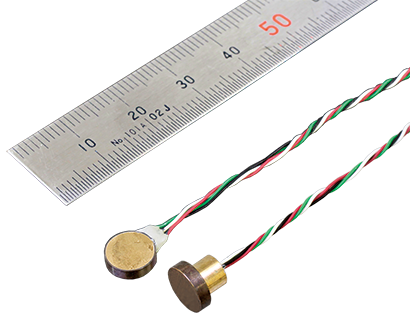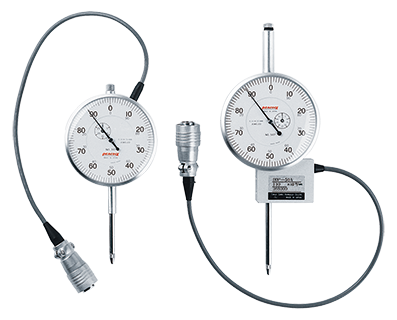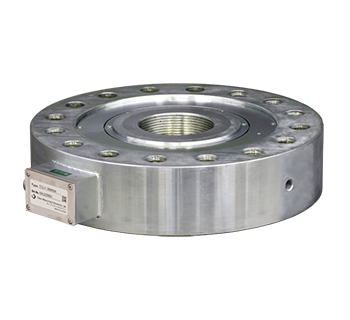Cryogenic temperature use strain gauge
CF series
Cryogenic temperature use strain gauge
CF series cryogenic temperature use strain gauges utilize a special plastic for the backing and a special alloy for the element. They allow stable measurement from normal temperature to the cryogenic temperature range. The temperature compensation range is an approximate range.
| Applicable specimen | Metal, Ceramics |
|---|---|
| Operational temperature(℃) | -269 to +80℃ |
| Temperature compensation range(℃) | -196 to +80℃ |
| Applicable adhesive | EA-2A, CN, C-1 |
| Backing | Special plastics |
| Element | Special alloy foil |
| Strain limit | 1% (10000 x 10-6 strain) |
| Fatigue life at room temperature | 1 x 106 (±1500 x 10-6 strain) |
-
CRYOGENIC TEMPERATURE USE
Gauge pattern Type Gauge
length
(mm)Gauge
width
(mm)Backing
length
(mm)Backing
width
(mm)Resistance
(Ω)Single-element
(G.F. 2.1 approx.)
CFLA-1-350-11
CFLA-1-350-17
CFLA-1-350-231 1.6 5.4 3.2 350 CFLA-3-350-11
CFLA-3-350-17
CFLA-3-350-233 1.7 8.8 3.5 350 CFLA-6-350-11
CFLA-6-350-17
CFLA-6-350-236 2.2 12.5 4.3 350 90°2-element Rosette
Plane type
(G.F. 2.1 approx.)
CFCA-1-350-11
CFCA-1-350-17
CFCA-1-350-231 1.3 7.2 7.2 350 CFCA-3-350-11
CFCA-3-350-17
CFCA-3-350-233 1.7 11 11 350 45°/90°3-element Rosette
Plane type
(G.F. 2.1 approx.)
CFRA-1-350-11
CFRA-1-350-17
CFRA-1-350-231 1.3 7.2 7.2 350 CFRA-3-350-11
CFRA-3-350-17
CFRA-3-350-233 1.7 11 11 350 Each package contains 10 gauges.
-
Leadwire-integrated CF series (made-to-order)
Purpose Lead wires Lead wire symbol Operating temperature range
(℃ )Gauge type
exampledCryogenic temperature 3-strand twisted FEP wire 6FA♦LT -269 to+200 CFLA-1-350-11-6FA3LT-F 3-strand twisted FEP single-core wire 6FB♦LT CFLA-1-350-11-6FB3LT-F 3-strand twisted PTFE wire 4FA♦LT -269 to+260 CFLA-1-350-11-4FA3LT-F 3-strand twisted PTFE single-core wire 4FB♦LT CFLA-1-350-11-4FB3LT-F * "♦" indicates lead wire length
More Information






